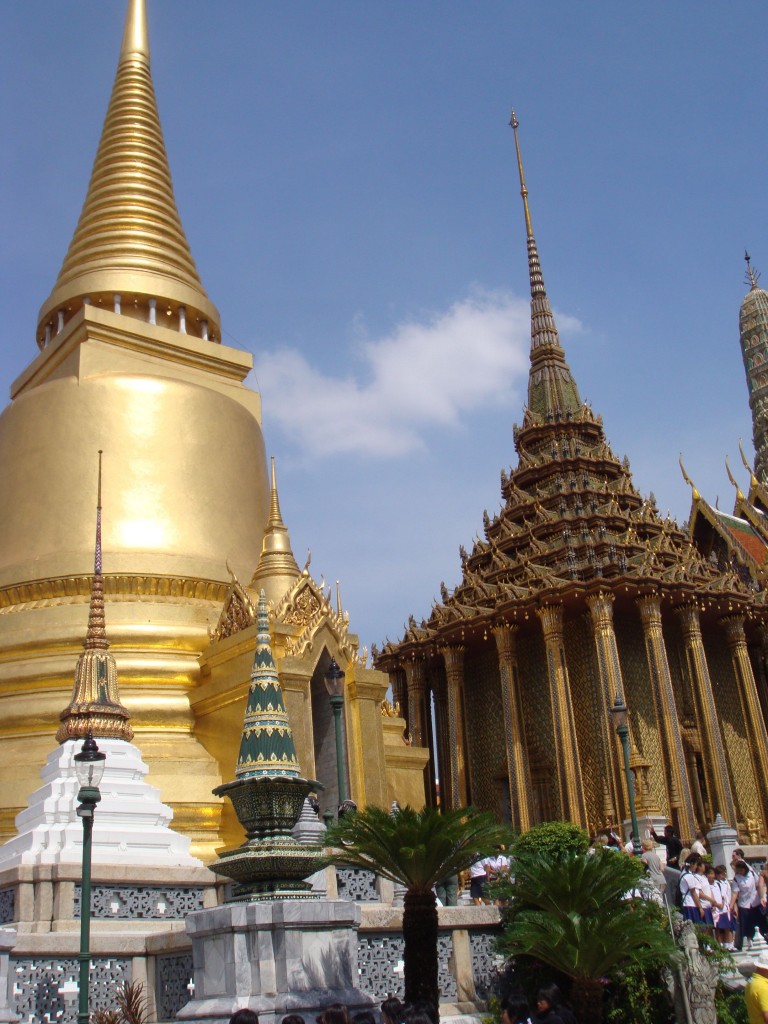It’s easy to assume that a holiday to a long-haul, exotic country like Thailand will be harsh on your wallet, but apply a little common sense and you’ll soon find it’s actually a lot more purse-friendly than you might think.
After all, there’s a reason why the country is a go-to destination for backpackers on their gap years, so follow their example when planning your own getaway. Read on to find out how.

Avoid the high season
Don’t be swayed by the various magazines and websites informing you that the best time to go to Thailand is when everyone else and their mother goes – between November and February. If you have cash to splash and are desperate for the driest weather possible, by all means book your break for this period.
However, if you want to save a small fortune on both your flights and accommodation and aren’t too bothered about the prospect of rain or higher than average temperatures, travelling to Thailand in other months is the way to go. Bear in mind that the hottest and wettest weather systems hit different parts of the country at different times of the year, e.g. the rainy season runs from May to November in the inland provinces, while the west coast is affected between April and October and the east coast from September to December.
Stay on the ground (or the water)
Sticking to land-based transport rather than opting for the quicker but more expensive route of taking a domestic flight is the best way to get around Thailand on a budget. Both the bus and train systems are extensive and offer different pricing options, usually based on passenger class, so it shouldn’t be too difficult to work out what the most reasonably priced ticket is for your journey.
Just bear in mind that some of the cheapest classes aren’t ideal for long trips across the country, as you’ll often only have a basic seat/bench and not much else in the way of facilities. Alternatively, some companies offer boat transportation that can be surprisingly well-priced if you need to travel between two destinations on the same river, for example, or along the coast.
You can also avoid expensive taxis in major cities and towns by opting for a ride in a songthaew, which is a converted pickup or truck that is often shared by multiple passengers – resulting in a cheaper trip.
Research free attractions
If you don’t have a specific destination in mind, it can be worth doing some research to see where you’ll find the greatest concentration of free things to see and do and making that destination the focal point of your trip.
Bear in mind that some of the larger cities – especially Bangkok – can offer surprisingly good value in this regard, which is a bit of a contrast with, say, London, which is generally expensive for both locals and visitors! So, don’t strike the major cities off your list before you’ve had a chance to do your research.
Many temples are free to visit and spend a couple of hours in, while most locations will have their fair share of free museums and art galleries. It costs nothing to walk and sunbathe on the beach, or in public parks, and quite a few of the big festivals are either free or cheap to attend (especially if you make friends with the locals and get invited back to their homes for meals!).
If you do want to splurge on at least one aspect of your break, spend your money on mid-range accommodation away from the popular backpacker districts (such as that offered by operators like Hayes & Jarvis). If you’re not on a gap year and are unused to this style of travelling, you may find the prospect of sharing a hostel room or bathroom with other visitors on a budget slightly unappealing!